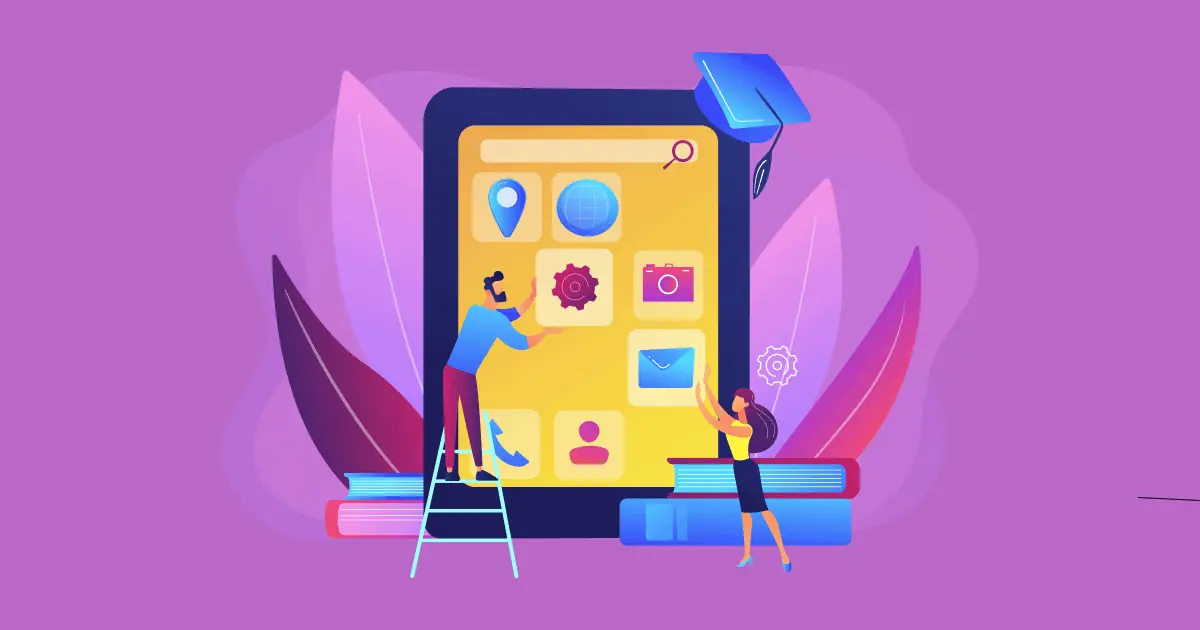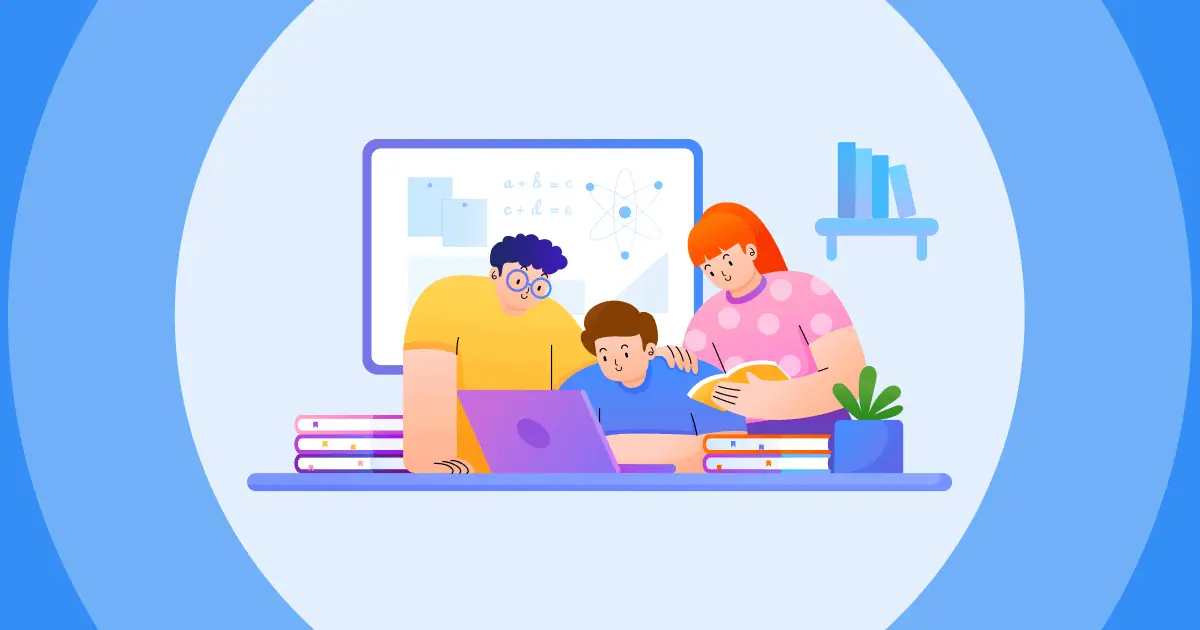如果你想讀其他的, 學習觀察!
“有樣學樣” – 美國慣用語
學習中的觀察是必不可少的。 從生命的最初階段起,人類就天生善於觀察和模仿。 這就是概念所在 學習觀察 旨在填補第一手經驗與未知之間的空白。
阿爾伯特·班杜拉的社會學習理論指出,觀察和模仿在人們學習的方式和原因中起著至關重要的作用。它認為個人的學習不僅透過直接經驗,也透過觀察他人及其行為的後果來進行。
那麼,學習觀察意味著什麼?又該如何利用它呢?讓我們深入探討這篇文章。
Overview
| 學習觀察是什麼意思? | 通過觀察他人行為來學習的過程。 |
| 誰首先認識到學習觀察現象? | 班杜拉,1985 |
| 觀察性學習的4個步驟是什麼? | 注意力、記憶力、複製力和動機。 |
目錄:
什麼是學習觀察?
觀察是人類的一種自然的、與生俱來的行為。 學習觀察,或觀察性學習,是指個體透過觀察和模仿他人的行動、行為和結果來獲取新知識、技能、行為和資訊的過程。
事實上,通過觀察學習通常被稱為 替代學習,個人通過見證他人的經歷和成果來學習。
學習觀察的概念也源於 阿爾伯特·班杜拉具有影響力的社會學習理論.
班杜拉 (Bandura) 認為,社會學習理論指出,即使不改變行為,也可以通過觀察、模仿和建模來進行學習 (1965)
此外,許多研究都對心理學中的觀察學習進行了檢驗,其中一項描述了 鏡像神經元大腦中的特殊細胞,一直是與觀察學習相關的研究焦點。
學習觀察的例子有哪些?
在一個充滿刺激的世界中,我們的思想就像信息海綿一樣,從環境的每個角落吸收洞察力。 我們每天都會遇到學習觀察的例子。
嬰兒會觀察照顧者的動作,並模仿他們的臉部表情。孩子會敏銳地觀察父母繫鞋帶或搭積木,並模仿這些動作,力求精通。青少年會密切觀察同儕,以了解他們的社交動態和行為。成年人則透過觀察專家來學習,無論是廚師靈巧地切食材,或是音樂家嫻熟地演奏樂器。
在非正式場合,我們觀察朋友、家人、同事,甚至媒體人物,以吸收信息並掌握新技能。 同樣,在正規教育中,教師利用觀察的力量來展示概念、行為和解決問題的技巧。
例如,學生透過觀看其他學生在線上學習的影片來學習的趨勢日益明顯。 這種所謂的「跟我學習」影片在 2016 年至 2017 年間瘋傳,訂閱者數量超過 XNUMX 萬。
“我們所有人都是觀察者——電視、時鐘、高速公路上的交通——但很少有人是觀察者。 每個人都在看,但沒有多少人看到。”
– 彼得‧M‧萊沙克
包括電視、電影和網路平台在內的媒體對學習觀察有著深遠的影響。人們常常向榜樣學習,例如虛構人物、名人以及現實生活中的影響力人物。這些人是靈感、警示和反思的源泉,影響著觀眾的觀點和決策。
例如泰勒·斯威夫特(Taylor Swift),一位全球知名的創作型歌手、演員和女商人,她的影響力遠遠超出了她的音樂範圍。 她的行為、價值觀和選擇受到全球數百萬粉絲的關注,使她成為令人信服的學習和靈感榜樣。
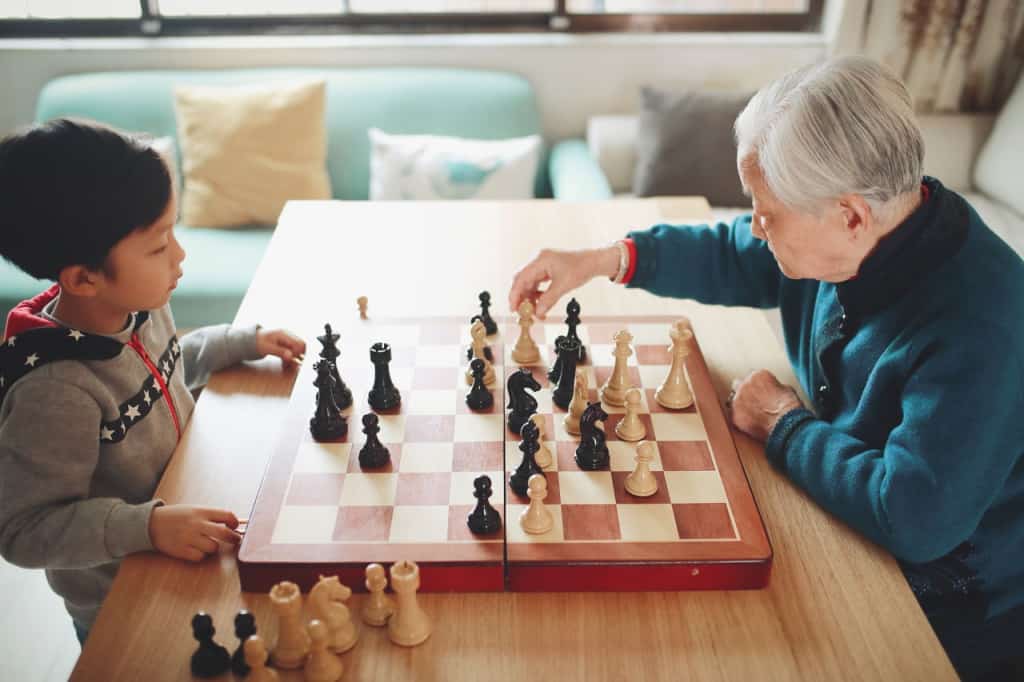
參與式學習的秘訣
💡8 學習風格的類型
為什麼學習觀察很重要?
觀察學習是一種從幼儿期開始的自然技能。 學習中的實踐觀察至關重要,因為它對從小就開始學習的人有很多好處。 查看以下學習觀察的五個主要好處:
高效學習
首先,觀察學習是一種有效且高效的學習方法。 它利用了我們向他人學習的自然傾向,使我們能夠快速掌握複雜的概念。 通過觀察現實世界的例子,學習者可以將理論知識與實際應用聯繫起來。 這種方法不僅可以增強理解力,還可以培養批判性思維能力,使學習成為一個動態且引人入勝的過程,遠遠超出了教科書和講座的範圍。
拓寬視野
的確,我們擁有非凡的能力,能夠從他人的經驗中汲取智慧,超越自身生活片段的限制。當我們觀察某人成功駕馭局面、解決問題或表達想法時,我們有機會窺見他們的認知過程和策略。
文化傳播
此外,學習觀察不僅可以拓寬我們的知識視野,還可以連接代際和文化。 它們使我們能夠繼承前人的發現、創新和積累的見解。 正如古代文明從星星中學習導航和預測季節一樣,我們也從人類故事的共同敘述中學習。
道德考慮
觀察與道德息息相關。人們很容易受到觀察他人行為的影響。例如,在職場中,如果領導者做出不道德的行為,他們的下屬更有可能效仿,因為他們認為這種行為是可以接受的。這凸顯了觀察在塑造道德標準方面的力量,也強調了樹立正向典範以培養誠信和負責任行為文化的必要性。
個人轉型
更重要的是?你會驚喜地發現,學習觀察有助於個人的轉變。這是一種鼓舞人心的方法,能夠激勵人們克服局限,並努力提升自我。觀察的這種變革力量強化了這樣一種理念:學習不僅是獲取知識,更是為了不斷提升自我。
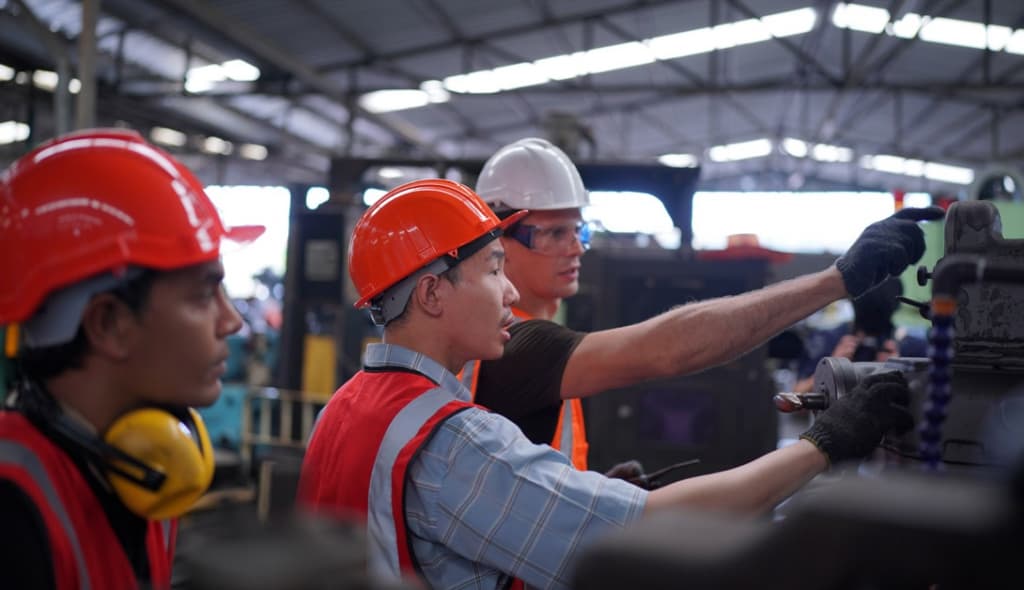
學習觀察的四個過程是什麼?
根據班杜拉的社會學習理論,觀察學習分為四個階段,包括注意力、記憶、再現和動機。每個階段都有其獨特的作用,並且緊密相連,以優化學習過程。
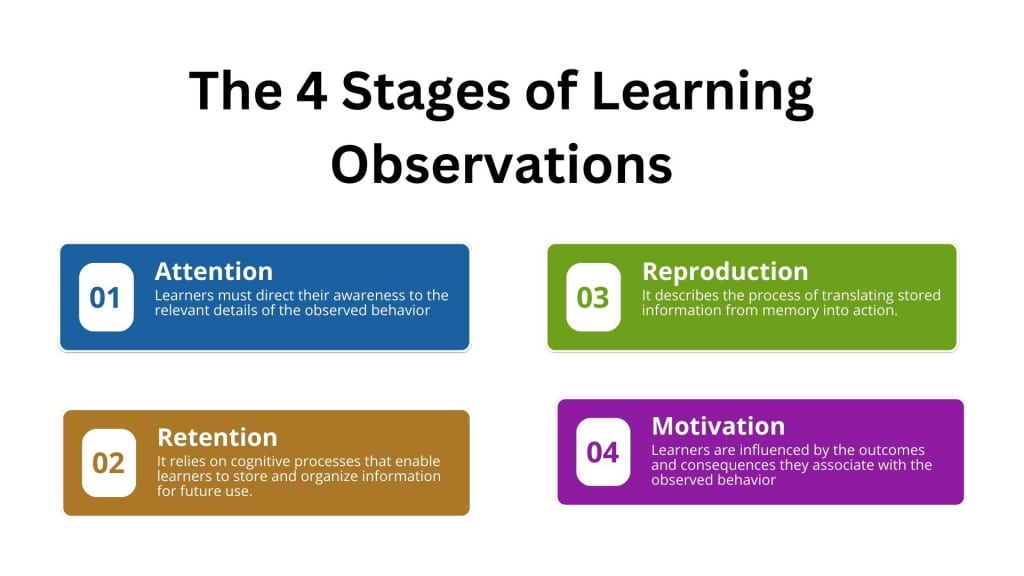
注意
觀察學習從關注細節開始。 如果沒有註意力,從觀察中學習的過程就毫無意義。 學習者必須將他們的意識引導到觀察到的行為的相關信息,確保他們捕捉到細微差別、策略和結果。
保留
在註意之後,學習者將觀察到的信息保留在他們的記憶中。 此階段涉及將觀察到的行為和相關細節編碼到記憶中,確保以後可以回憶起來。 保留依賴於認知過程,使學習者能夠存儲和組織信息以供將來使用。
複製
進入第三階段,學習者嘗試複製觀察到的行為。 複製涉及將存儲的信息從記憶轉化為行動。 例如,如果有人在線觀看烹飪教程,則復制階段涉及應用演示的步驟和原料在自己的廚房中製作菜餚。
動機
然後,動機就建立起來了。 在觀察性學習的最後階段,學習者受到與觀察到的行為相關的結果和後果的影響。 正面的結果,例如獎勵或成功,可以增強複製行為的動力。
如何透過觀察來學習?
一開始,透過觀察學習可能是一項艱鉅的任務。 您可能想知道從哪裡開始,應該專注於什麼,以及長時間觀察其他行為是否很奇怪。
如果您正在尋找這些問題的答案,以下指南可能會幫助您:
- 選擇相關的榜樣:找出在您感興趣的領域表現出色的個人。尋找具有多樣化方法的人以獲得全面的視角。
- 關注具體行為:將您的注意力縮小到特定的行為、行動或策略。 這可以防止過多的信息壓垮自己。
- 觀察情境和反應:注意行為發生的背景及其引起的反應。 這可以更深入地了解為什麼要採取特定行動。
- 保持開放的心態:對從意想不到的來源學習持開放態度。 見解可以來自各種背景和經驗的人。
- 定期練習觀察學習是一個持續的過程。養成定期觀察、反思和運用所學的習慣。
- 尋求反饋如果可能的話,請與你正在學習的領域或技能方面的專家分享你的嘗試。他們的回饋可以提供寶貴的見解和改進建議。
⭐ 想要更多靈感嗎? 查看 啊哈幻燈片 馬上! AhaSlides 將帶您進入一個全新的互動學習和參與世界。利用其動態功能,您可以創建互動式簡報、測驗、民意調查和討論,讓學習成為有趣且協作的體驗。
經常問的問題:
學習觀察的例子有哪些?
舉個例子,幼兒可以透過觀察父母來學習如何開門,初學者可以透過觀察老師來學習如何將手放在鋼琴上。
學習觀察有幾個階段?
學習觀察有5個階段,包括注意力、保留、複製、動機和強化。
參考: 很好的介意 | 水熊學習 | 福布斯 | 班杜拉A. 社會學習理論。 普倫蒂斯·霍爾; 1977 年。




